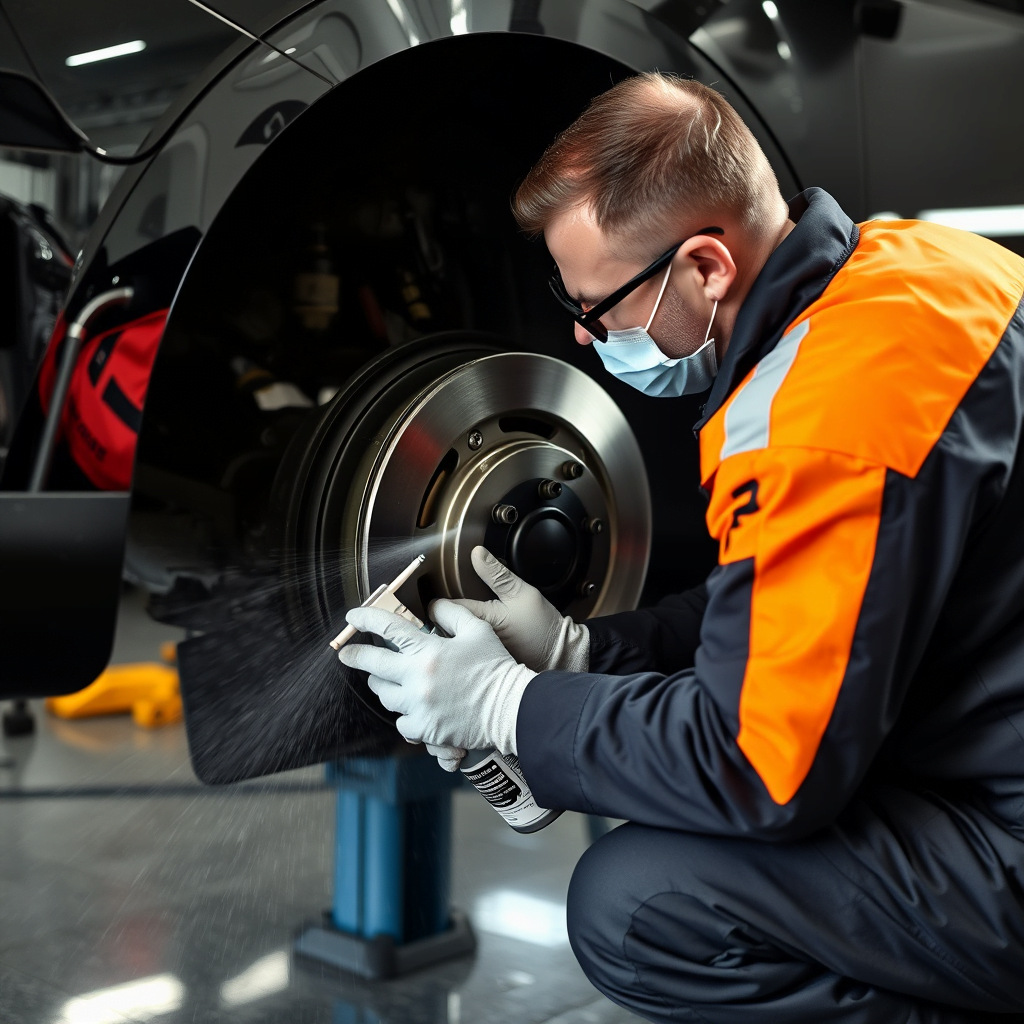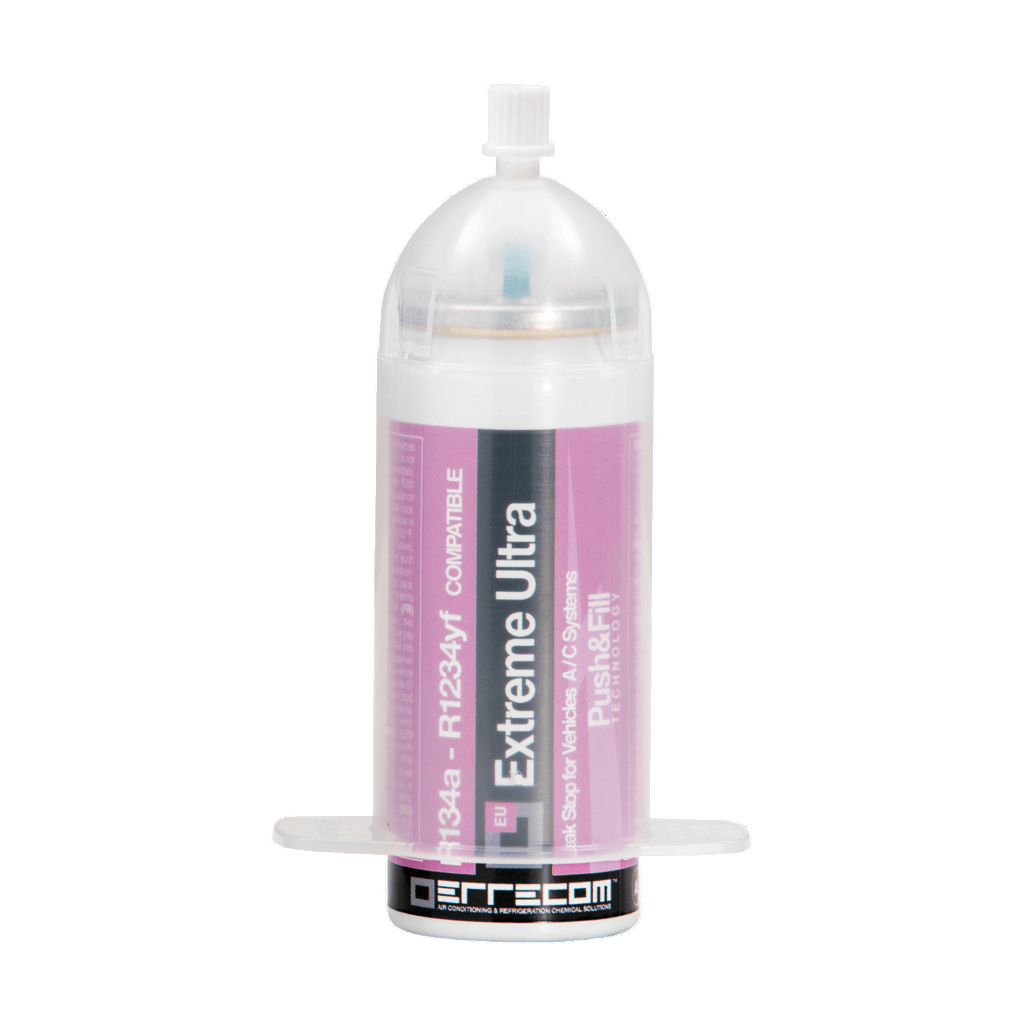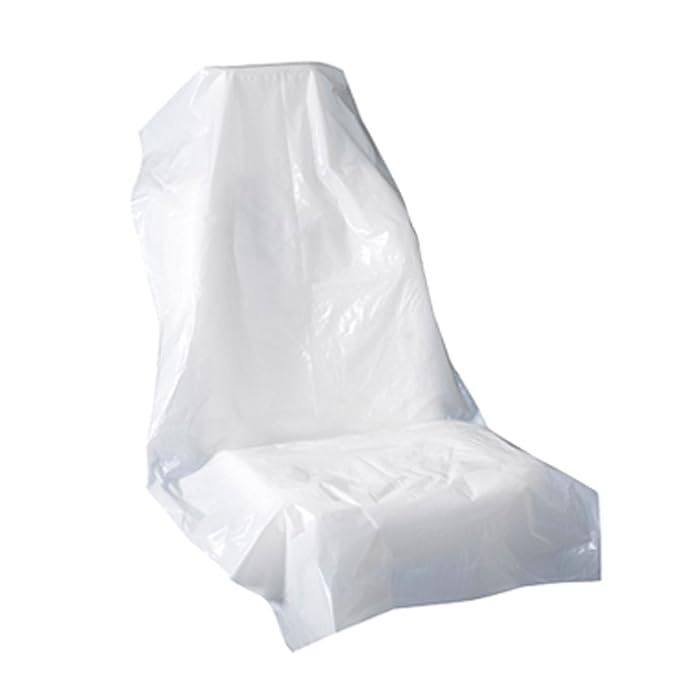Maximize Your Brake Lifespan: Everything You Need to Know About Brake Cleaners

By Ali Hasan Omar | September 11, 2024
Introduction
Whether you’re a seasoned mechanic or a DIY enthusiast, maintaining your vehicle’s braking system is crucial for safety and performance. One of the key components of brake maintenance is keeping the brake components clean and free from contaminants, and that’s where brake cleaners come into play. In this post, we’ll dive deep into what brake cleaner products are, why they are essential, and how to choose the right one for your needs.
Types of Brake Cleaners
There are generally two main types of brake cleaners available on the market: chlorinated and non-chlorinated.
Chlorinated Brake Cleaners
These are solvent-based cleaners that contain chlorinated compounds that boost the solvent properties of the product. They are highly effective at breaking down grease and grime quickly, making them a popular choice for many professionals. Chlorinated brake cleaners evaporate rapidly and leave no residue. However, they are not environmentally friendly, can be harmful if inhaled, and are often more toxic than their non-chlorinated counterparts.
The problem is that some municipalities and state regulations have caused the ban of the use and sale of the chlorinated version.
Non-Chlorinated Brake Cleaners
These cleaners utilize non-chlorinated solvents, such as hydrocarbons, and are generally regarded as safer for both users and the environment. However, this does not imply that they are entirely safe or environmentally friendly. In many cases, the substitute chemicals used in these products may be equally toxic, or potentially more harmful.
Non-chlorinated brake cleaners are flammable, which requires careful handling and storage. They may also take longer to dry compared to chlorinated cleaners but are just as effective at removing contaminants when used properly.
Why Use Brake Cleaner?
Using brake cleaner is essential for several reasons:
Improved Performance: Brake cleaner plays a vital role in eliminating oil, dirt, debris, and other contaminants that tend to accumulate on braking system components over time. By effectively removing these substances, this product restores optimal brake functionality, ensuring reliable and efficient braking.
Prolonged Component Life: Regular cleaning helps preventing rust and corrosion on brake components, particularly on metal surfaces. The removal of moisture and contaminants that contribute to corrosion helps extend the lifespan of brake parts and promotes the overall durability of the braking system.
Reduced Brake Noise: Dirt and grime can cause squealing and other noises. A clean braking system operates more quietly.
Safety: Regular brake cleaning is essential for preserving the efficiency and safety of the braking system. Clean brakes enable proper contact between brake pads and rotors, maximizing friction and enhancing stopping power.
How to Use Brake Cleaner?

Using brake cleaner is straightforward, but there are some safety precautions and steps you should follow:
1- Safety First: Always wear gloves and eye protection when using brake cleaner. Ensure you’re working in a well-ventilated area to avoid inhaling fumes.
2- Preparation: Place a jack on the wheel you plan on cleaning, then secure the emergency brake and the chocks behind the other wheels. Get the jack ready and use a lug wrench to loose the lug nuts and raise the vehicle until the tire is lifted. Remove the lug nuts and the wheel to access the brake components. Use a drip pan to catch any runoff from the cleaner.
3- Application: Spray the brake cleaner on the brake components, including the disk or drum, caliper and pads starting at the top, wash the contamination down and off the area being cleaned. If parts are extremely contaminated, repeat the application. Then remove excess with a paper towel or clean cloth and dispose of properly. Usually, The cleaner dries quickly and leaves no residue.
- Stay at least two feet away when spraying, as direct exposure to the spray may be harmful.
- Note that the method of applying the cleaner differs depending on the product, so it’s best to read the directions first.
4- Drying: Most brake cleaners evaporate quickly, but ensure all parts are completely dry before reassembling and using your vehicle.
5- Dispose Properly: Brake cleaner is a hazardous material. Follow local regulations for disposal of used products and cleaning residue.
Choosing the Right Brake Cleaner

When choosing a brake cleaner from the many brands available on the market, it’s important to consider the following factors:
Material Compatibility: Ensure the cleaner is safe for all brake components and materials used in your braking system.
Drying Time: Depending on your needs, you may prefer a fast-drying cleaner for quick jobs or a slower-drying one for more thorough cleaning.
Environmental Impact: If eco-friendliness is a priority, opt for a non-chlorinated, biodegradable cleaner.
Cost: While premium brands may offer higher-quality solvents, there are many affordable options that provide excellent results.
Key Points:
- Purpose: Brake cleaners remove contaminants from braking components, improving performance, longevity, and safety.
- Types:
- Chlorinated: Fast-evaporating and efficient but more toxic and harmful to the environment. Some areas have banned them due to regulatory restrictions.
- Non-chlorinated: Safer for the environment but can still contain harmful chemicals and are flammable. They might take longer to dry but work effectively when used correctly.
- Usage: The post outlines step-by-step instructions for applying brake cleaner, emphasizing safety precautions such as wearing gloves and ensuring proper disposal.
- Choosing a cleaner: It suggests considering material compatibility, drying time, environmental impact, and cost when selecting a brake cleaner.
FAQs
What is a brake cleaner and why is it important?
Answer: A brake cleaner is a solvent-based product designed to remove contaminants such as brake dust, grease, oil, and other debris from brake components. It’s essential because a clean braking system performs better, ensuring safety and prolonging the life of the brake parts. Contaminants can affect braking efficiency, increase wear, and lead to noisy brakes, so regular cleaning with a brake cleaner helps maintain optimal function.
What is the difference between chlorinated and non-chlorinated brake cleaner?
Answer: Chlorinated brake cleaners contain chlorinated solvents that are highly effective at dissolving grease and grime quickly. They evaporate rapidly and leave no residue, but are more toxic and harmful to the environment. Non-chlorinated brake cleaners use solvents like hydrocarbons, which are less toxic and safer for the environment, but are flammable and may take slightly longer to evaporate.
Is brake cleaner safe to use on all brake parts?
Answer: Yes, brake cleaner is generally safe to use on brake rotors, calipers, and pads, as it's specifically designed for these components. However, care should be taken to avoid getting the cleaner on painted or plastic surfaces, as it can damage those materials. Always check the product label for compatibility with the specific materials in your braking system.
Can brake cleaner damage my car's paint or plastic components?
Answer: Yes, brake cleaner can damage your car’s paint and plastic components. Many brake cleaners, especially the chlorinated ones, are highly abrasive and can strip away paint or damage plastics. It’s important to cover or avoid spraying these areas, or use a more gentle cleaner on non-metal surfaces.
How often should I clean my brake components?
Answer: Brake components should be cleaned whenever you change the brake pads or rotors, or during routine brake inspections (approximately every 6 months or 12,000 miles). If you drive in conditions where brakes are exposed to heavy dust, mud, or moisture, cleaning may be required more frequently.
Is it safe to use brake cleaner on brake pads and rotors?
Answer: Yes, brake cleaner is safe to use on both brake pads and rotors. It is specifically designed to remove grease, oil, and dust from these surfaces without leaving a residue that could interfere with braking performance. However, it’s crucial to let the cleaner dry completely before reassembling and driving your vehicle.
Can I use brake cleaner on other car parts, such as the engine?
Answer: While brake cleaner is designed for brake components, it can also be used on some other metal parts, such as engine components, to remove grease and oil. However, because brake cleaner evaporates quickly and is designed for precision cleaning, it may not be the best solution for larger surfaces or sensitive parts. Always check the manufacturer's guidelines before using it on other parts.
Does brake cleaner remove rust?
Answer: Brake cleaner is not designed to remove rust. It effectively cleans off dirt, grease, and oil, but rust removal requires a different product, such as a rust dissolver or rust remover. If your brake components are rusty, you may need to address the rust separately after cleaning with brake cleaner.
How long does brake cleaner take to dry?
Answer: The drying time for brake cleaner can vary depending on the type. Chlorinated brake cleaners dry very quickly, usually within a few minutes, while non-chlorinated cleaners may take a bit longer. However, most brake cleaners are formulated to evaporate quickly without leaving any residue. Always allow sufficient drying time before handling the brake parts or reassembling them.
Is brake cleaner flammable, and how should I store it safely?
Answer: Non-chlorinated brake cleaners are typically flammable due to their hydrocarbon base, while chlorinated cleaners are generally non-flammable. Regardless, brake cleaners should be stored in a cool, dry place, away from open flames, heat sources, and direct sunlight. Make sure the storage area is well-ventilated, and always follow the safety instructions on the product label.
Can I use brake cleaner to stop brake squeaking?
Answer: Brake cleaner can help reduce brake squeaking if the noise is caused by contaminants like dirt, grease, or brake dust. However, it won’t fix squeaking caused by worn-out brake pads or improper installation. If the squeaking persists after cleaning, you may need to inspect or replace the pads or other components.
Is there an eco-friendly or biodegradable brake cleaner option?
Answer: Yes, there are eco-friendly, biodegradable brake cleaner options available. These are usually non-chlorinated and free of harmful chemicals like volatile organic compounds (VOCs). They may be slightly less aggressive than traditional cleaners, but they are safer for the environment and pose less health risk to the user.
What are the risks of inhaling brake cleaner fumes?
Answer: Inhaling brake cleaner fumes can cause dizziness, headaches, nausea, and respiratory irritation. Chlorinated brake cleaners, in particular, contain toxic compounds that can be harmful if inhaled in large quantities or over prolonged periods. Always use brake cleaner in a well-ventilated area and wear a mask if necessary. Prolonged exposure to high concentrations can have more severe health effects, so proper precautions should always be taken.
How should I properly dispose of brake cleaner after use?
Answer: Brake cleaner is a hazardous material and should not be disposed of in regular trash or drains. The used cleaner and any residue should be collected in a suitable container and taken to a hazardous waste disposal facility. Many local recycling centers or automotive shops will accept hazardous waste materials for proper disposal.




